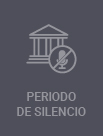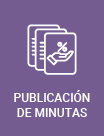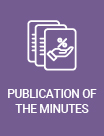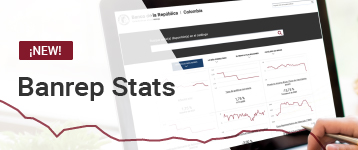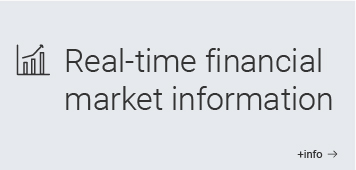Borradores de Economía (Working Papers) - The dawn of a mobile payment scheme: The case of Movii
The series Borradores de Economía (Working Papers on Economics) contributes to the dissemination and promotion of the work by researchers from the institution. On multiple occasions, these works have been the result of collaborative work with individuals from other national or international institutions. This series is indexed at Research Papers in Economics (RePEc)
The opinions contained in this document are the sole responsibility of the author and do not commit Banco de la República or its Board of Directors.
Abstract
Mobile wallets replicate physical wallets on a mobile device, in which users can store different payment instruments (e.g., cards, transfers) to make mobile payments. As the mobile wallet is adopted, a mobile payment scheme emerges, with its users as elements in a network of transfers. In this article, I study the mobile payment scheme of Movii— the first fintech firm in Colombia operating under a financial non-banking license for electronic deposits and payments. Based on a unique dataset of bilateral transfers between Movii’s mobile wallet users, I build, visualize and analyze Movii’s network, daily from November 18, 2017, to November 25, 2020. Besides the anticipated increase in the number of users and the value of transfers, the visual and quantitative complexity of the network of transfers increases over time. This increase in complexity is likely to be linked to the adoption of Movii’s mobile wallet, which results in users finding new ways to use mobile payments beyond person-to-person transfers, including person-to-business and business-to-business. Also, results suggest the Covid-19 pandemic accelerated the evolution of Movii’s mobile payments scheme.














.png)




















